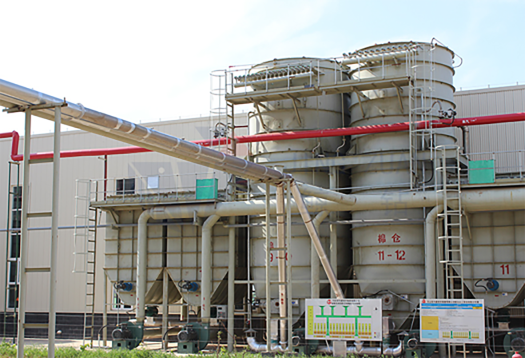
Oct . 31, 2024 22:29 Back to list
Exploring the Applications and Benefits of Cellulose Ethers in Various Industries
The Role and Applications of Cellulose Ether
Cellulose ether is a versatile and essential derivative of cellulose, an abundant natural polymer extracted primarily from plant cell walls. This modification of cellulose involves the substitution of hydroxyl groups with ether functional groups, resulting in a variety of compounds collectively known as cellulose ethers. These compounds have garnered significant attention due to their unique properties and wide-ranging applications across various industries.
One of the most notable cellulose ethers is methylcellulose, which is synthesized by methylating cellulose. Methylcellulose is water-soluble, and it forms gels upon heating, making it an ideal ingredient in food products, pharmaceuticals, and cosmetics. In the food industry, it acts as a thickening agent, stabilizer, and emulsifier, contributing to the texture and consistency of items such as sauces, dressings, and baked goods. Moreover, its ability to retain moisture enhances the freshness and shelf life of food products.
Another important cellulose ether is hydroxypropyl methylcellulose (HPMC). This compound has gained substantial recognition in the construction industry, particularly in the formulation of cement-based products. HPMC enhances the workability and adhesion of mortars and plaster, allowing for smoother application and improved performance. Its thickening properties also help to control water retention, which is crucial during the curing process of construction materials.
Cellulose ethers also play a significant role in pharmaceuticals. Hydroxypropyl cellulose (HPC) is commonly used as a binder and film-forming agent in tablet formulations. Its ability to modify the release profile of active ingredients is vital in developing controlled-release medications. Furthermore, cellulose ethers are employed as thickening agents in various topical formulations, providing optimal consistency and enhancing the spreadability of creams and ointments.
cellulose ether

In personal care products, cellulose ethers serve as critical ingredients in ensuring the desired texture and stability of formulations. They are used in shampoos, lotions, and gels to create viscosity and improve product performance. Given their biocompatibility and non-toxic nature, cellulose ethers are particularly valued in formulations intended for sensitive skin.
The environmental impact of cellulose ethers is also noteworthy. Derived from renewable resources, cellulose ethers are biodegradable and eco-friendly compared to many synthetic polymers. This characteristic aligns with the growing demand for sustainable materials in a world increasingly focused on reducing plastic waste. Consequently, industries are exploring cellulose ethers as alternatives to non-biodegradable substances.
Research continues to unlock the potential of cellulose ethers. Innovations are leading to the development of modified cellulose ethers with tailored properties for specific applications. For instance, alterations in the degree of substitution or molecular weight can yield cellulose ethers with unique characteristics suitable for niche markets, including biodegradable packaging and advanced drug delivery systems.
In conclusion, cellulose ether stands out as a multifunctional compound with implications in food, pharmaceuticals, construction, and personal care industries. Its diverse applications stem from its remarkable properties, ranging from thickening and stabilizing to moisture retention. As sustainability becomes increasingly crucial in product formulation, the demand for cellulose ethers is expected to grow, further highlighting their importance in innovative and eco-friendly solutions. As research progresses, the full spectrum of cellulose ether applications may still be on the horizon, providing opportunities for new discoveries and technologies that can benefit both industries and consumers alike.
-
Versatile Hpmc Uses in Different Industries
NewsJun.19,2025
-
Redispersible Powder's Role in Enhancing Durability of Construction Products
NewsJun.19,2025
-
Hydroxyethyl Cellulose Applications Driving Green Industrial Processes
NewsJun.19,2025
-
Exploring Different Redispersible Polymer Powder
NewsJun.19,2025
-
Choosing the Right Mortar Bonding Agent
NewsJun.19,2025
-
Applications and Significance of China Hpmc in Modern Industries
NewsJun.19,2025







